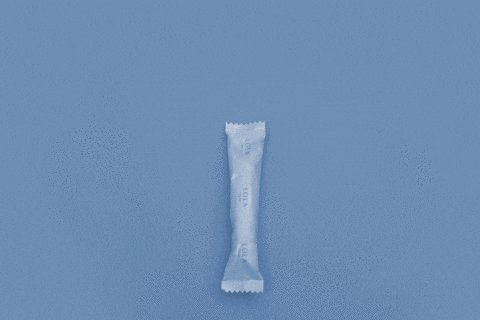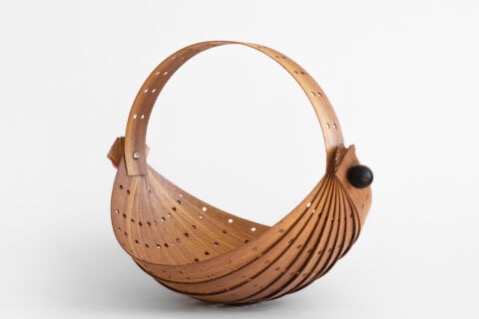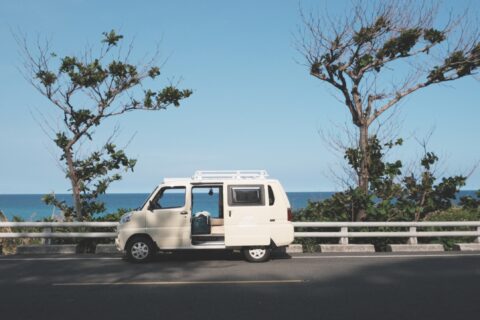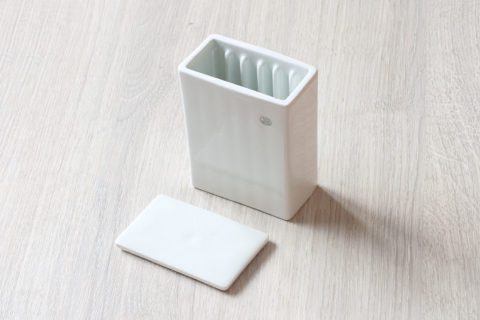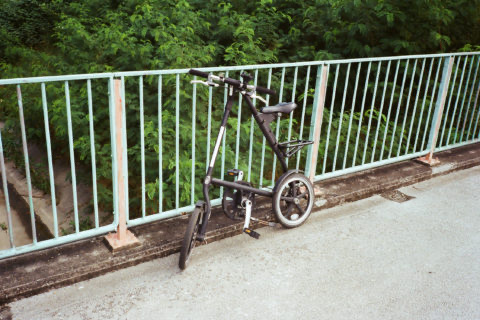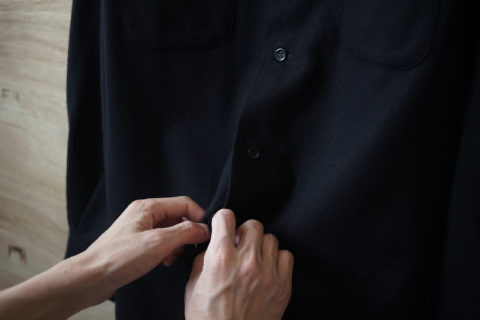
A Meandering Meditation
Jungjin Lee
- Words / Ron Lam
- Translation / Iris Heung

首次看到韓國攝影師Jungjin Lee作品的真跡,是在京都一家小藝廊兼服飾店草燈舍之內,那是一次配合攝影集的銷售而辦的展覽,展出的作品只有數幀,然而我卻在那裡徘徊長久。《Everglades #2》,如鏡的水面,四個草叢的倒影,看似尋常不過的風景,卻有著說不出的不妥——小島的形態太過相近,又似乎並不。究竟是真實的風景,還是虛幻的?
The first time I saw the original work of the Korean photographer Jungjin Lee was in a small gallery/boutique in Kyoto called Soutousya. It was the time when Lee was launching her photo-book and therefore had an exhibition at Soutousya. Although there were not many photos in exhibit, I stayed for long to admire her work. The photo titled “Everglades #2” features four bushes and their reflection on the mirror-like lake. The seemingly ordinary landscape has a rather subtle sense of surreal quality; the almost identical bushes made me wonder if it was a genuine scenery or a fantasy.
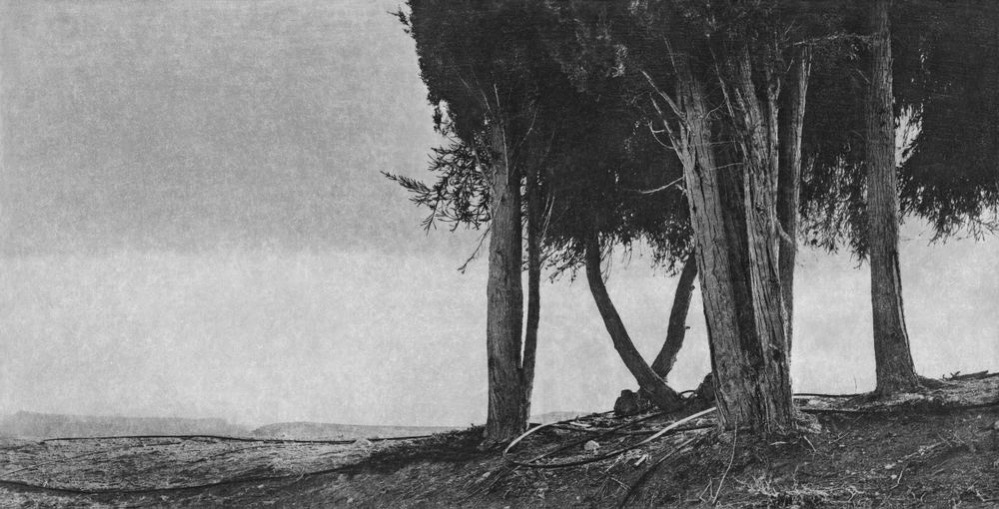
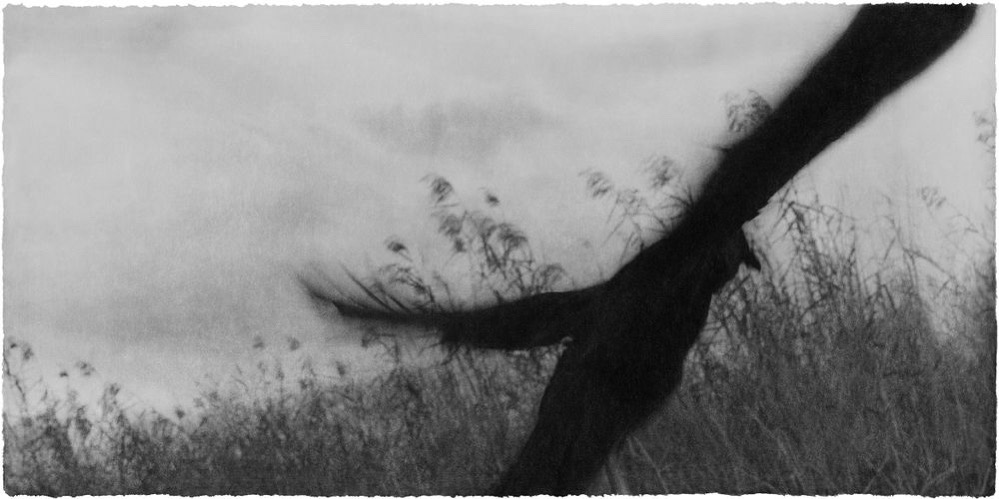
Jungjin Lee(1961~)在大學時代主修的是陶藝,但在大學一年級時,她便開始自學攝影了,而且自從一執起相機,她便堅信攝影將會成為她的事業。曾經專注於作畫,也曾修習書法的她,一直相信,藝術是沒有領域之分的,攝影、繪畫等影像藝術,甚至詩歌等文字藝術,都是只是通往個人內心的工具而已。這個想法,對她後來的創作方式,有著深遠的影響。
Born in 1961, Jungjin Lee majored in pottery in university. She also took up photography during her freshman year. Being a self-taught photographer, she was determined to make photography her career. Apart from pottery and photography, she was also a devoted painter once and has spent time practicing calligraphy. Lee believes photography, painting, video arts, poetry and literature are all means of connecting one’s heart to the world, so we should not set any boundaries between them. Such a belief casts a heavy influence on the later direction of her art.

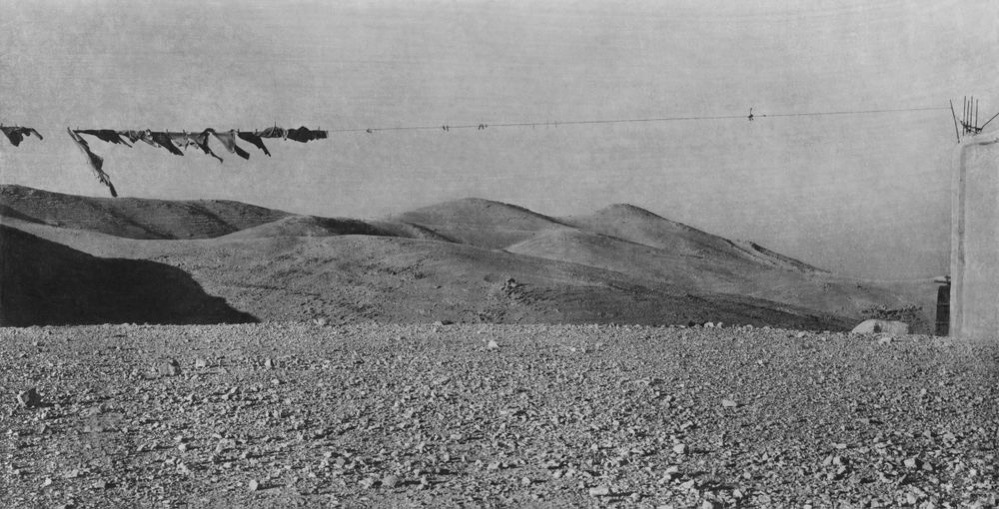
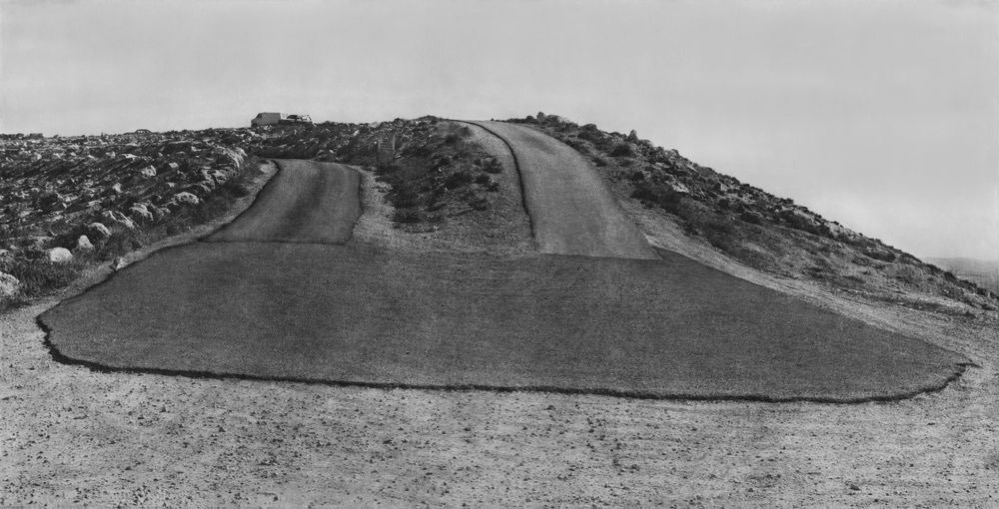
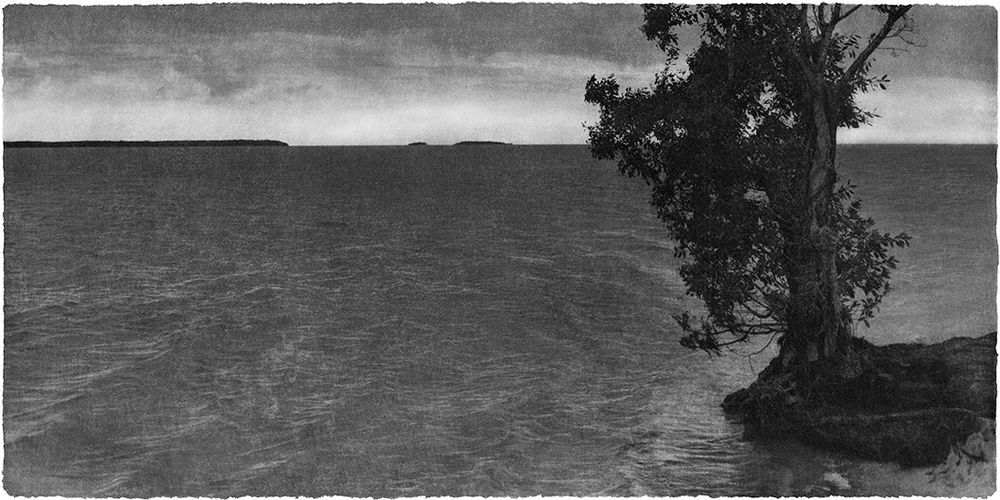
《Everglades #2》是Jungjin Lee於美國佛羅里達大沼澤拍攝的作品,選來拍下的一照片,透過後期製作,摘取照片的其中一些部份,一個草叢,裁剪、復製,最終成為了一片似虛似實的風景。Jungjin Lee用來印刷作品的,是日本的手工和紙。早期則是使用韓國生產的楮樹紙張,可惜她愛用的已停產了,最終決定採用質感相近的和紙。不管是和紙或是楮樹紙,吸墨後展現出來的效果都不比相紙般亮麗,甚至可以說是模糊而粗糙的,加上紙張不修邊幅的邊緣,使其作品跨過了攝影,彷彿步進了繪畫的領域之中,又像是一件工藝的作品。正如她所相信的,我們無須以任何一種領域的藝術觀念來評定她的作品,只需要潛進她展示的風景裡,經歷她在創作時所經歷過的沉思。不過,大概也因為這個原因,即使翻閱過再多Jungjin Lee的攝影集,眼前的這幅《Everglades #2》對我來說仍是如此陌生。印刷在書中、呈現在網路上的影像,實在不足似傳達她作品的奧妙。
“Everglades #2” is a shot Lee selected from the photos she did in Florida Everglades. Through post-production, she cut out one of the bushes and duplicated it to reproduce this surreal yet real photography printed on washi (traditional Japanese paper). Lee shifted to use washi only after her favorite Korean made mulberry paper had ceased production. Both washi and mulberry paper are rather rough in texture, and so photos printed on these papers are not at all vivid in color and contrast. The blurry prints on the papers with irregular edges somehow appear like a mix of photography, painting and even crafts. This echoes her belief that a piece of work should not be defined by its medium. Viewers only need to dive into the landscape she creates, and experience her thoughts during the creation process. For the very same reason, I still find “Everglades #2” obscure even after reading her photobook multiple times. The actual magic of her work cannot be fully shown in books or on a computer screen.

Jungjin Lee的作品攝自世界各地,有很多都是載滿了引人入勝的政治背後與歷史的國家,但這些都不是她所關心的,對她來說,那些甚至可能成為她感受當地人民風景的障礙。她曾被邀請到以色列參與攝影計劃「This Place」,她花了一年四個月,多次往返當地拍攝,主辦單位替她安排了考古學家及哲學家同行,然後這卻引起她的不悅:「在出發前我當然會稍為了解當地的歷史,但在開始拍攝時,我實在不想知道太多的資訊,尤其是來自別人的資訊。」在一次訪問中,談到在以色列的經驗,她這樣說。這番話聽來或許有點輕狂,然後,自她作品中流露出來的專注、對自己內在世界的虔誠,大概就不難理解,任何的意見都會化為她的干擾。
Lee travels around the world for her photography, including places that have a complex political and historical background. However, Lee is disinterested in politics or history, she even sees them as obstacles to truly experience the local culture. She was once invited to Israel for a photography project called “This Place”. In the span of sixteen months, she visited the country multiple times. She was rather unhappy about being accompanied by archaeologist and philosophers provided by the organizer. “Of course, I have done my research on the country’s history before my trip, but once I have started shooting, I wouldn’t want to be filled with information, especially information provided by others,” said Lee in an interview about her shooting in Israel. The statement may sound arrogant, but seeing her devotion to photography and her sincerity towards her mind, it is not difficult to understand why would others’ voice be a hindrance to her creation.
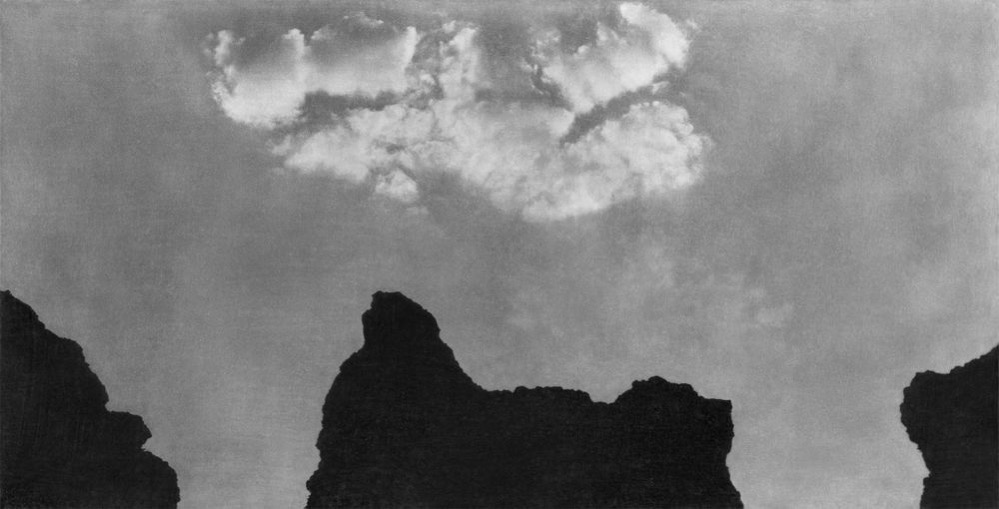
Jungjin Lee很喜歡用「冥想」二字來描述她的創作過程,按動快門只需一瞬,然而她卻感到自己的眼睛能夠穿越表面的真實,達至永恒,繁瑣而耗時的印刷過程,是另一次漫長的冥想,她的攝影作品,在一場又一場悠長的冥想裡,緩緩地顯影。
“Meditation” is a word that Lee often uses to describe her creative process. It is merely a split second to press down the shutter, but she believes she can see beyond the superficial layer of the subject to see the truth and ultimately reach eternity. The tedious and time-consuming printing process is another prolonged meditation to Lee; her works of photography are created through meandering meditation, one after another.
- Up next — People We Meet Along The Way
- Previously — Kitchen Waste Turned into Clothes
